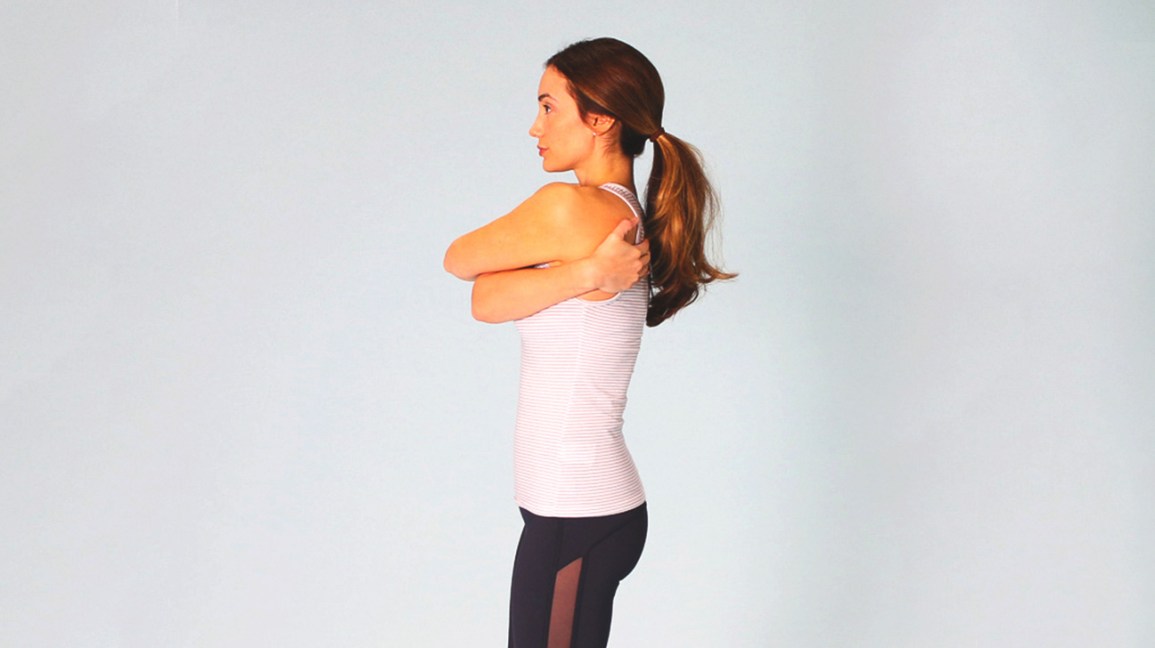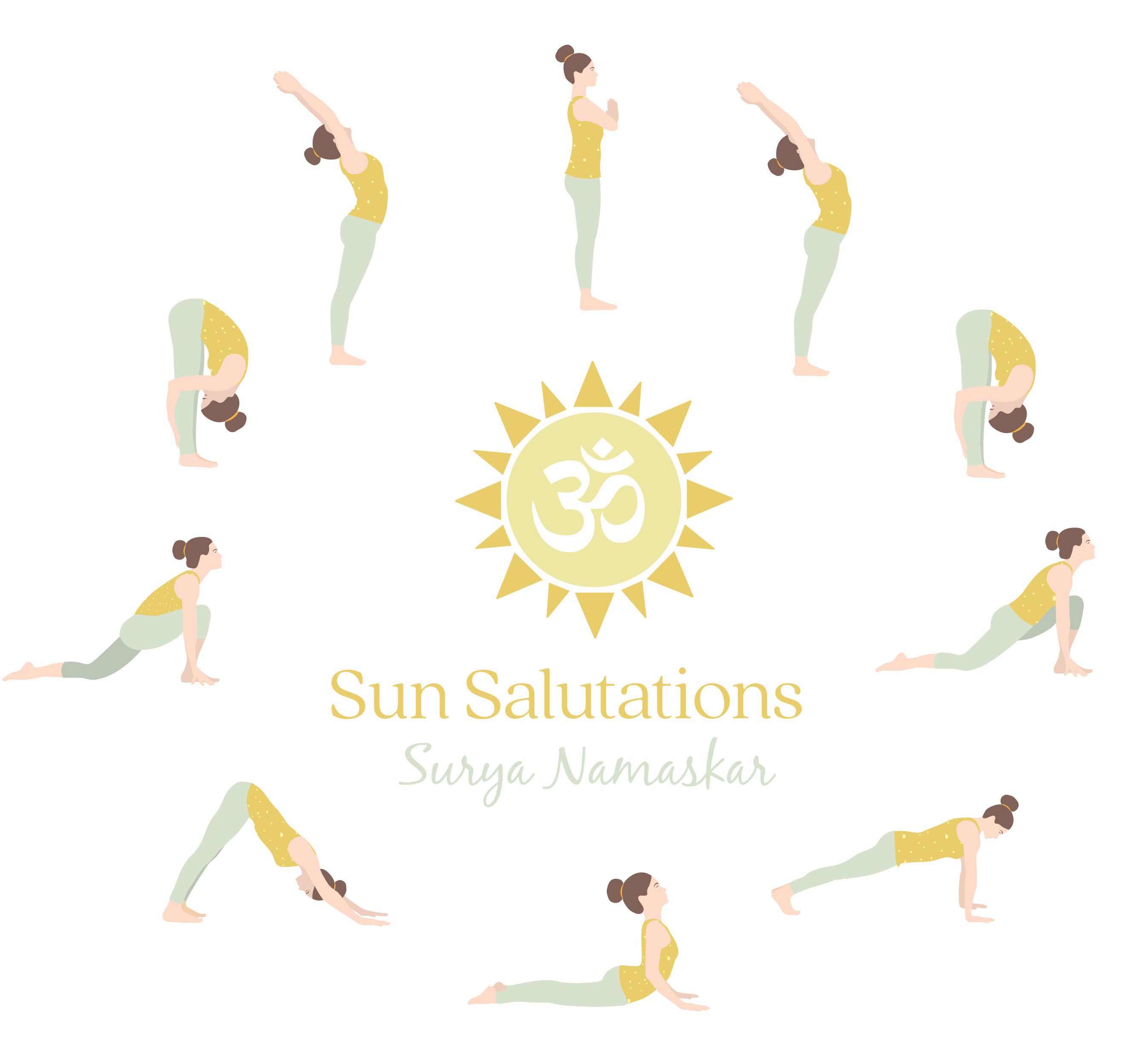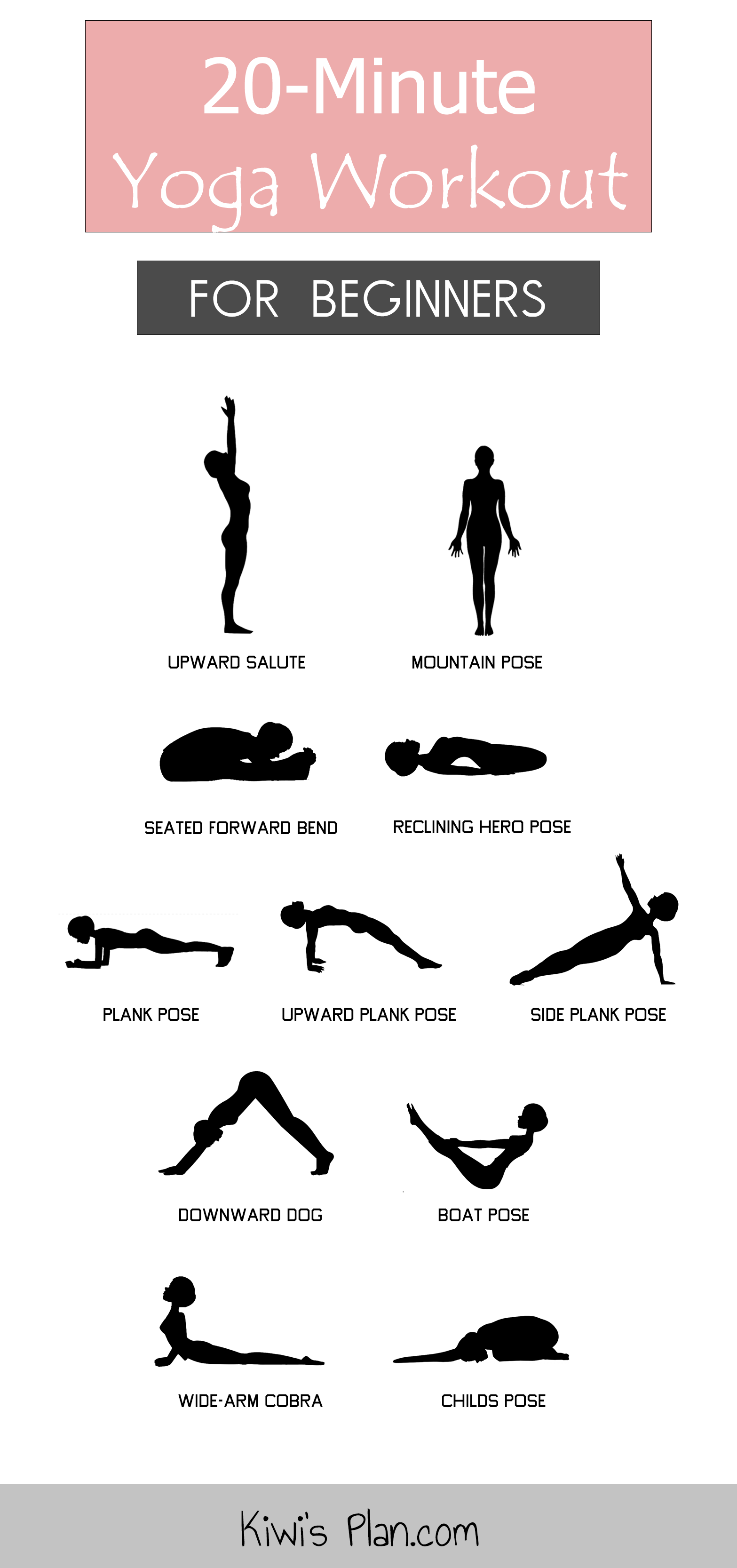
The Yoga heart opening poses are a wonderful way to increase your physical and emotional well-being. If your heart chakra is blocked, it will be difficult to forgive, love, or let go. This could lead to emotional instability. But if your heart is open, you'll feel feelings of warmth and love radiating within. There are endless possibilities. These are some basic poses that you can try at your home. This article will help you to find the best ways to open your heart.
The American Heart Association recommends that you exercise at least 30 minutes each day to reduce your risk of developing cardiovascular disease. For example, the AHA recommends doing 25 minutes of aerobic activity three times a week, or 75 minutes in total. Yoga and other exercises such as it are easy on your joints. Yoga has many benefits for the heart. It actually increases HRV, or Heart rate variability. This is the measure of how your body reacts to changes within your autonomic nervous. People with high HRV levels have a low rate of cardiac arrhythmia.

The Yoga for Heart pose resembles a chair, and is a great way to stimulate the heart. The chest area is stretched during this pose, which requires a lot of determination and concentration to complete. Begin by standing erect, spread your arms out and face your palms upward. Bend your knees, and hold this position for as long as you can. Modifying the pose can be helpful if you have trouble holding this position.
Yoga postures strengthen the muscles and make it more sensitive for insulin. The meditation and breathing techniques help to lower blood pressure. These exercises are also beneficial for people with heart disease. By improving their cardiovascular health, yoga postures can improve the overall health of the heart. To improve your overall health, you can practice asanas or do asanas. You have nothing to lose, so what are you waiting?
The Yoga heart is one of the most important parts of the body. It regulates blood flow, and improves the circulation. The practice of yoga has also been found to decrease the risk of stroke. It strengthens the heart and can help prevent strokes. The Yoga Heart can help to prevent strokes. Although the practice cannot replace a regular medical treatment, it can help to prevent strokes.

Recent research has demonstrated the health benefits of yoga for the heart. Yoga has been proven to improve flexibility, energy and mood. The body also reaps a number of benefits. It helps you relax and improves your ability to handle stress. It is good for the heart. It's one of the best ways for you to be mentally and physically fit. It is good for your heart health.
FAQ
What's the problem with BMI?
BMI stands For Body Mass Index. This refers to the measurement of body fat using height and weight. Here is how to calculate BMI using the following formula.
Weight in kilograms divided by height in meters squared.
The result is expressed as a number from 0 to 25. Scores of 18.5 and higher indicate overweight, while scores of 23 and higher indicate obesity.
A person of 100 kg with a height of 1.75m will have 22 BMI.
Why does weight change as we age?
How can you find out if your weight has changed?
When there is more muscle mass than fat, weight loss can occur. This means that the amount of calories consumed must exceed the amount of energy used daily. Activity levels are the most common reason for weight loss. You can also lose weight due to stress, illness, pregnancy, hormonal imbalances and certain medications. A person who has more fat than their muscle mass will experience weight gain. It occurs when people eat more calories than what they use in a given day. There are many reasons for this, including overeating and increased physical activity.
The primary reason we lose weight is that we consume less calories than what we burn. The main reason we lose weight is because we exercise more often. This increases our metabolism rate and burns more calories each day. But this doesn't guarantee that we'll lose weight. All that matters is whether we're losing weight or gaining muscles. We will lose weight if we burn more calories than we consume. If we consume more calories that we burn, we are actually storing them in fat.
As we grow older, we tend to become slower at moving around and therefore we don't move as much. We also tend have less food to eat than when our children were young. We tend to gain weight. On the flip side, we tend to have more muscle mass so we look bigger than we really are.
If you don't weigh yourself every week, it's impossible to determine how much weight has been lost. There are many different ways to measure your weight. You can gauge your waist size, hips, hips, thighs and arms. Some prefer to use the bathroom scales, others prefer to use tape measures.
If you want to track your progress, you should try weighing yourself once a week and measuring your waistline once a month. To track your progress, you can also take photos every few months of yourself to see how far it has come.
You can also check your height online to find out how many pounds you have. If you are 5'10" tall, and you weigh 180 lbs, then you would probably weigh 180 lbs.
Get immune enhancement with herbs and supplements
Natural remedies and herbs can be used to increase immune function. You can use ginger, garlic, echinacea oregano oil and vitamin C as examples.
These herbal remedies shouldn't be considered a replacement for medical treatment. They may cause side effects such as nausea, diarrhea, stomach cramps, headaches, dizziness, and allergic reactions.
How much should I weight for my height and age? BMI calculator and chart
A body mass index calculator (BMI) is the best way to find out how much weight you should lose. A healthy BMI range is between 18.5 and 24.9. Aim to lose 10 pounds per month if your goal is to lose weight. Simply enter your height, weight and desired BMI into the BMI calculator to calculate it.
To see if you're overweight or obese, check out this BMI chart.
What should I eat?
Consume lots of fruits, vegetables. These fruits and vegetables are high in vitamins, minerals, which can help you keep your immune systems strong. Fruits and veggies are also high in fiber, which makes them filling and helps with digestion. Include at least five portions of fruit and vegetables per day.
You should also drink lots of water. Water flushes out toxins and helps you feel full between meals. Drink about eight glasses each day.
Refined grains should be replaced with whole grains. Whole grains have all their nutrients intact, including B vitamins, iron, zinc, magnesium, calcium, and protein. Refined grains lack some nutrition.
Sugary drinks should be avoided. Sugary drinks are full of empty calories and lead to obesity. Instead, choose water, milk, and unsweetened tea.
Avoid fast food. Fast food has very low nutritional value. Fast food may be delicious, but it will not give you the energy that you need to perform your tasks properly. Instead, stick to healthier options such salads and soups as well sandwiches and pasta.
Limit your alcohol consumption. Alcohol is a poor nutrient and has empty calories. Limit the number of alcoholic beverages you consume per week to no more that two.
Red meat should be cut down. Red meats can be high in cholesterol and saturated fat. You should choose lean cuts like beef, pork lamb, chicken and fish instead.
Statistics
- Extra virgin olive oil may benefit heart health, as people who consume it have a lower risk for dying from heart attacks and strokes according to some evidence (57Trusted Source (healthline.com)
- In both adults and children, the intake of free sugars should be reduced to less than 10% of total energy intake. (who.int)
- According to the Physical Activity Guidelines for Americans, we should strive for at least 150 minutes of moderate intensity activity each week (54Trusted Source Smoking, harmful use of drugs, and alcohol abuse can all seriously negatively affect your health. (healthline.com)
- nutrients.[17]X Research sourceWhole grains to try include: 100% whole wheat pasta and bread, brown rice, whole grain oats, farro, millet, quinoa, and barley. (wikihow.com)
External Links
How To
27 Steps to a Healthy Lifestyle when Your Family Buys Junk Food
It is easy to eat healthy when you cook at home. But, it can be hard to make healthy meals because many people don't know how. This article will provide some helpful tips for making healthier dining out choices.
-
Choose restaurants that offer healthy options.
-
Order salads and vegetables before ordering any meat dishes.
-
Ask for sauces with no added sugar.
-
Avoid fried foods.
-
Ask for grilled meats, not fried.
-
Don't order dessert unless your really need it.
-
After dinner, make sure you have something to eat.
-
You should eat slowly and chew well.
-
Drink plenty of water while eating.
-
Breakfast and lunch should not be skipped.
-
Have fruit and veggies with every meal.
-
Consider drinking milk instead of soda.
-
Avoid sugary drinks
-
Reduce salt intake.
-
Try to limit your frequent visits to fast-food restaurants.
-
Ask someone to join you if you cannot resist temptation.
-
Your children shouldn't watch too much television.
-
When you are eating, keep the television off.
-
Do not consume energy drinks.
-
Regular breaks from work
-
Exercise early in the morning.
-
Get active every day.
-
Start small and increase your knowledge slowly.
-
Set realistic goals.
-
Be patient.
-
You can exercise even when you don't feel like doing it.
-
Positive thinking is key.